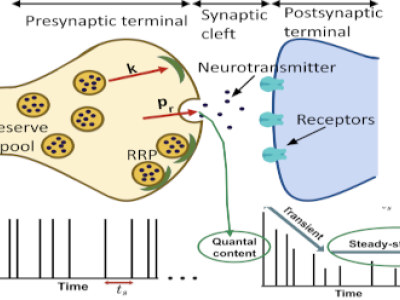Hyperbolic polaritons in 2D materials
In a significant leap forward for photonics, researchers from IIT Bombay (Laboratory of Optics of Quantum Materials <https://loqm.tech/>) have developed a novel method to manipulate infrared light at the nanoscale using hyperbolic van der Waals crystals. Their study, recently published in Advanced Functional Materials, presents an innovative approach to control Hyperbolic Phonon Polaritons (HPhPs) through standard optical techniques, which was previously a complex challenge.
“Our work overcomes the large momentum mismatch between photons and HPhPs, allowing for efficient excitation and tuning of these light waves,” explains Nihar Ranjan Sahoo, the lead author of the study. This breakthrough enables the practical implementation of HPhP-based devices and opens up new possibilities for applications in areas such as mid-infrared sensing, thermal management, and sub-diffraction imaging. The mid-infrared light is critical for applications in security and there are only limited optical components available for these wavelengths.
In addition to accessing previously unattainable frequency ranges, their approach allows for in-plane field measurements with both vertical and horizontal polarizations of light. “This polarization-sensitive method expands our analytical capabilities and facilitates the excitation of in-plane HPhPs,” adds Prof. Anshuman Kumar. The research team's dual tuning mechanism, which combines periodicity dependence and twisting, offers precise control over the optical response, enhancing the potential for developing adaptable photonic devices. The implications of this study are vast, highlighting the versatility and potential of these advanced materials in revolutionizing photonic technology.





